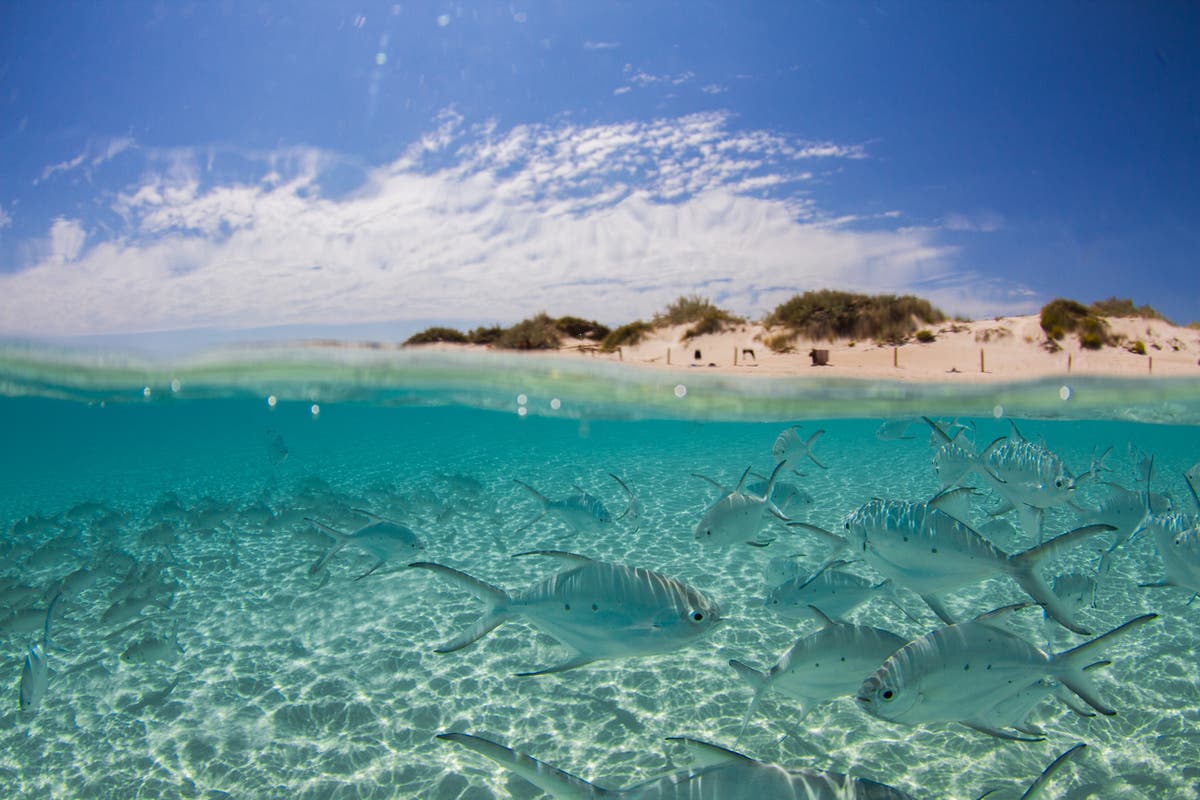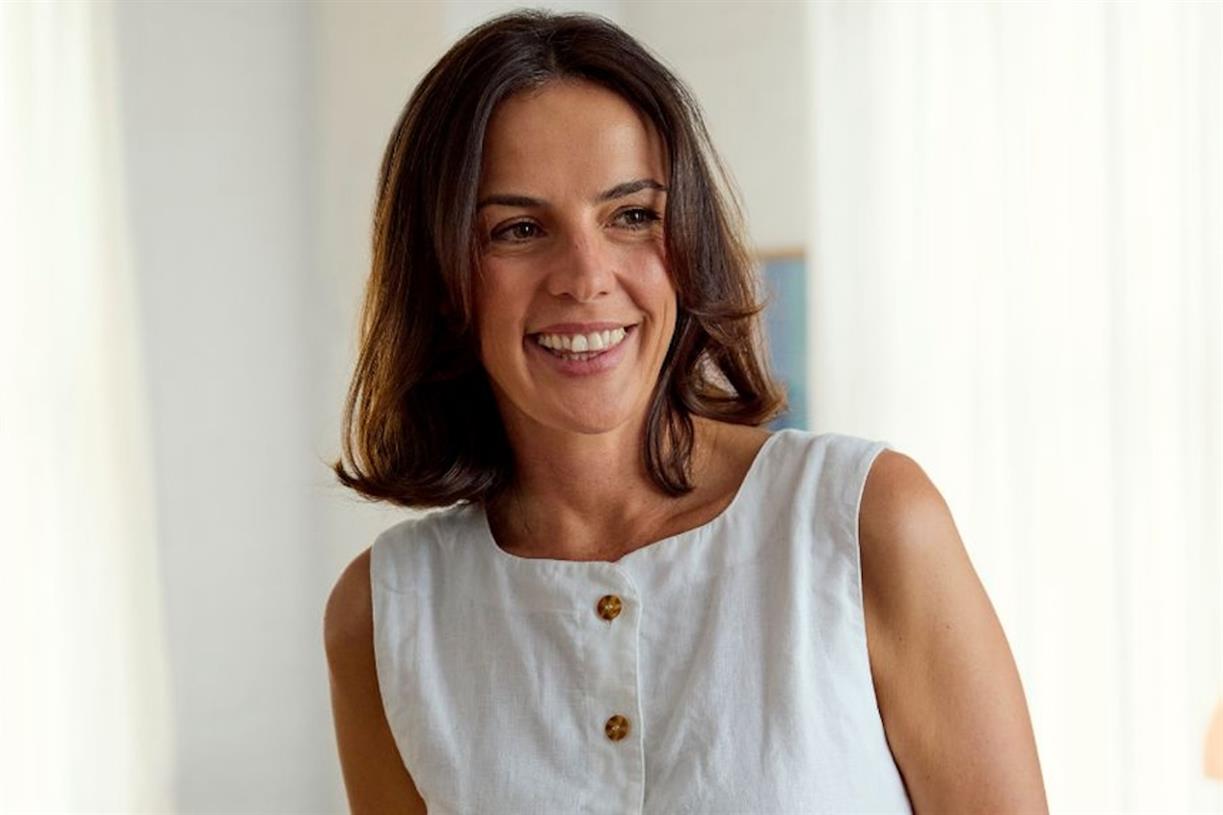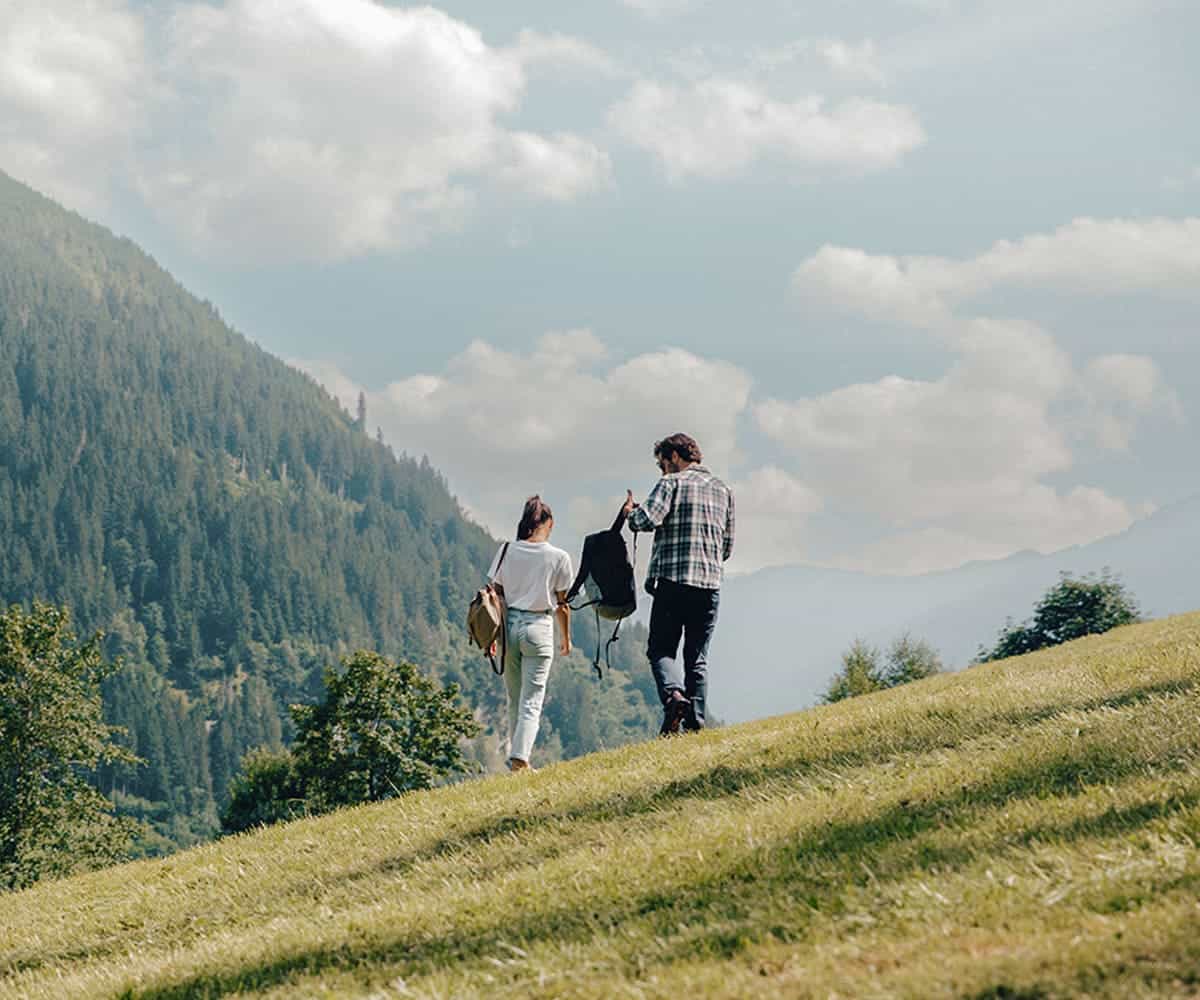Hitchhiking: the lift that keeps on giving
The Man Who Pays His Way: My journey with Kim, the great Dane with a Dacia Duster

Sign up to Simon Calder’s free travel email for expert advice and money-saving discounts
Get Simon Calder’s Travel email
Simon Calder, also known as The Man Who Pays His Way, has been writing about travel for The Independent since 1994. In his weekly opinion column, he explores a key travel issue – and what it means for you.
The deep south of Jutland comprises a carpet of meadows occasionally punctuated by a church steeple and a huddle of houses. Of all the villages scattered where Denmark melts into Germany, Møgeltønder is the most alluring. A postcard-perfect main street is flanked by thatched cottages, whose owners have evidently been tending their roses carefully all year.
At the west end: a 12th-century church where flamboyance is a religion. The pulpit is supported by sculpted cherubs, who gaze up to a gallery of frescoes.
At the east end stands Schackenborg Castle, a royal residence. This is the magnificent mansion home of Joachim, Prince of Denmark.
To go, or not to go? That was the question I faced on Thursday morning. I woke up in the market town of Tønder (the oldest in Denmark) – itself a picture of dainty tranquility and mother ship for Møgeltønder, 6km west. But for prospective visitors without cars, the gap between bus departures extends to roughly the length of a performance of Hamlet.
I started walking, and thumbing, though traffic was sparse. A silver Dacia Duster drove past, the latest of perhaps million drivers to decline to pick me up during my rather lengthy hitchhiking career. But then the vehicle stopped, and reversed.
The driver turned out to be Kim. He is a veteran of Denmark’s peacekeeping operation in Bosnia in the 1990s. Kim works with fellow veterans living with PTSD after the horrors of conflict. And evidently collects waifs and strays.
“The prince is at home,” he observed as we drove past Schackenborg Castle – pointing to the Danish flag flying high. “Perhaps you will meet him later.” Kim parked outside his home, and made a kind offer.
“When you have finished your visit, come and knock on the fence. I will then drive you back to Tønder.”
The lift that keeps on giving: the promise of a trip at the time of one’s choosing is one I have never received before. The church turned out to be divine in all senses, complete with what amounts to a royal box: the Queen sits there when she attends a service in town.
I had time to explore the grounds of Schackenborg Castle – more impressive, I must say, than Elsinore in far east Denmark. No sign of Prince Joachim, but tourists are given access to almost all areas without formality. A large rectangular pond in the garden is home to a chorus of frogs, and so I recorded a podcast against a background of croaks.
At the end of the visit, I found Kim in his rather more modest garden, along with his dogs. As promised he drove me back into Tønder – with detours. He took the back roads, past the vast communal barn, traditionally used by individual farmers to protect their crops.
Then he swung south, almost to the German border, to show me a giant shoe. The bumper boot stands outside the world headquarters of Ecco – the Danish footwear enterprise celebrating its 60th birthday this year.
Kim had no time to take up my offer of a coffee – after providing a perfect morning of sightseeing, he was booked for Zoom call. So he zoomed off, a great Dane with a Dacia Duster, leaving behind another tale from the open road.

 Hollif
Hollif 































